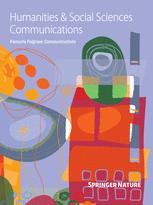The poor constraint of forest Above Ground Biomass (AGB) is responsible, in part, for large uncertainties in modelling future climate scenarios. Terrestrial Laser Scanning (TLS) can be used to derive unbiased and non-destructive estimates of tree structure and volume and can, therefore, be used to address key uncertainties in forest AGB estimates. Here we review our experience of TLS sampling strategies from 27 campaigns conducted over the past 5 years, across tropical and temperate forest plots, where data was captured with a RIEGL VZ-400 laser scanner. The focus is on strategies to derive Geometrical Modelling metrics (e.g. tree volume) over forest plots (=1 ha) which require the accurate co-registration of 10s to 100s of individual point clouds. We recommend a 10 m × 10 m sampling grid as an approach to produce a point cloud with a uniform point distribution, that can resolve higher order branches (down to a few cm in diameter) towards the top of 30+ m canopies and can be captured in a timely fashion i.e. ~3–6 days per ha. A data acquisition protocol, such as presented here, would facilitate data interoperability and inter-comparison of metrics between instruments/groups, from plot to plot and over time.
Download:
DOI:
https://doi.org/10.1016/j.rse.2017.04.030
Altmetric score:
Dimensions Citation Count:

























